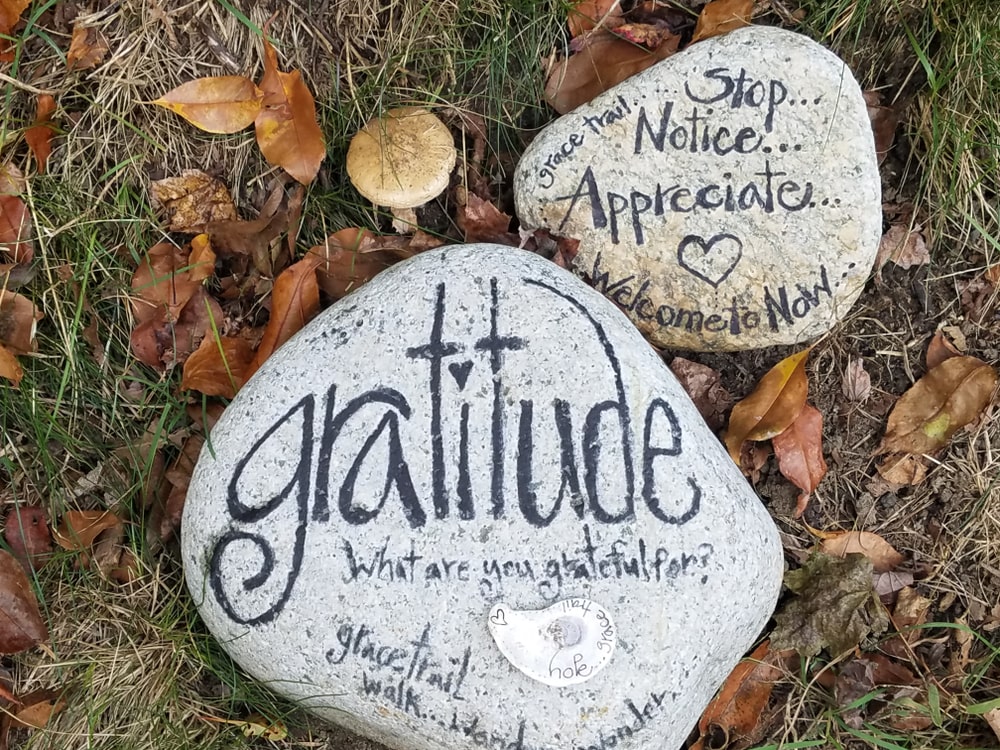
If you have lost a child, you are probably very aware of the pain the holidays can bring. It might seem impossible to connect with the joy of the season when all you feel is grief. Whether your child died recently or many years ago, the holidays can make your grief feel fresh, and you may feel overwhelmed by everything that needs to be done. But amid the hustle and bustle, taking time to honor and remember your child’s life by participating in remembrance activities can help you through the ups and downs of the season.
While cutting back on holiday stress will be beneficial, finding ways to honor your child’s memory can help you heal. Participating in healing actions can encourage you to express your feelings and acknowledge your emotions as a natural part of grieving. Even more importantly, remembrance activities can help you reconcile with the loss and continue your grief journey.
While you can do whatever makes the most sense for you, here are 6 remembrance ideas to get you started:
Put up a stocking
Putting up a stocking with your child’s name on it can be a great way to honor their memory during the holidays. In addition to using the stocking as a visual reminder, you can also put different items in the stocking. For example, you and your family members could write letters to your child and place them in the stocking. You could also put toys in the stocking that you can later donate to charity, honoring your child by caring for other children.
Share happy memories
When a child dies, it’s easy to focus on the time you’ve lost with them. While sadness is a vital part of the grieving process, sharing happy memories with your family members can help you treasure the time you had with your child. In return, your family members may also share their memories, giving you the chance to learn new stories about your child. When you share stories and memories, your appreciation for the times you had with your child will grow.
Make holiday decorations
If you like DIY crafts, making holiday decorations can be a way to remember your child each year. You could make an ornament with their name or photo on it or decorate with your child’s favorite color. Maybe you could create a personalized wreath, incorporating your child’s favorite flowers or holiday-related items. Throughout the creative process, you (and anyone else you invite to join you) can engage with your grief in an uplifting and healthy way. After you’ve finished, you’ll have something tangible to bring out every year to honor your child’s memory and make them part of your holiday season.
Create a grief corner
When someone you love has died, you or your family members may need time alone. One way to encourage that is by creating a grief corner in your house. A grief corner is a specific spot where any family member can go to sit by themselves to grieve. This could be something simple, like a chair with a cozy blanket, or you could set up a photo of your lost child with some of their favorite toys. If you have other children, a grief corner could help them learn to recognize their feelings and take time alone when they need to.
Give to a charity in their name
Giving time, money, or items to a charity in your child’s name can be a great way to honor their memory. Maybe your child had a specific cause they were concerned with, and you can support that cause. If your child died from a specific disease, you could also donate to support research about that disease to help families like yours. Or, if you lost your child during pregnancy or shortly after birth, you could create a gift basket to donate to a family in the NICU.
You could also consider things your child was passionate about. What was their favorite sport or activity? You could volunteer to teach other children about that activity. Did they have a favorite animal? You could sponsor a wildlife rescue or spend time volunteering at your local shelter. Whatever you choose, giving to something your child cared about will help you honor them in a meaningful way.
Create a new tradition
After a child dies, old traditions may be painful or feel difficult to enjoy. While participating in old traditions might bring up happy memories of your child, you could also start a new tradition in their honor. This could be anything from trying a new holiday recipe to volunteering at a local soup kitchen. If you have other children, creating a new tradition can be a way for them to remember their sibling. These traditions can become lasting remembrance activities you can engage in for years to come.
Remember – Include Your Living Children
As a parent, there will be times when you want to grieve on your own and work through your emotions in a private space. That’s perfectly normal and healthy. However, in your own grief, don’t forget that any other children in the home are also grieving.
Children and teenagers may have trouble processing their grief, so you may need to help them along their journey. Look for ways to discuss what they may be feeling. Invite them to participate in some of these remembrance activities with you. Let them see you cry and share memories, so they know it’s safe to do the same. Throughout the process, you will grow closer as a family and find a way to move forward.
It goes without saying that your holiday will look different after losing a child, but engaging in remembrance activities can be a beautiful way to grieve and mourn.
No matter what, don’t forget to take time to grieve and be gentle with yourself. You don’t have to put on a happy face just because it’s Christmas. You are a human being with complex emotions. You’re going to have good moments and bad moments – that’s okay. When good moments come, embrace them. When grief comes, engage with it. By doing so, you can balance the grief you feel with the joy of the season.






















































